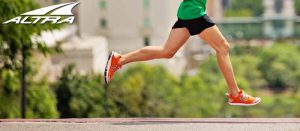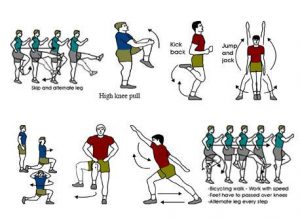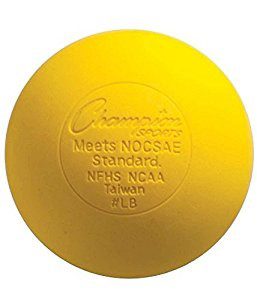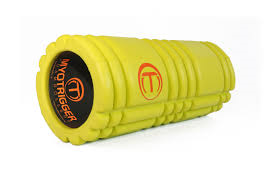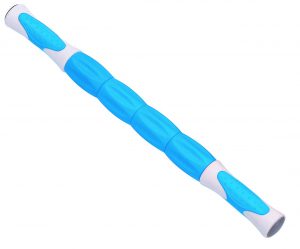by: Evan Small
Winter slowly turns into spring and just as the weather turns bearable for outside activies, the sidewalks of boulevard are slammed with runners getting there morning and evening mileage in. If you want to jump on the running train, whether for the upcoming marathon, daily exercise or an excuse to get away from the family for a “long distance run”, below are some things to keep in mind to keep you motivated and healthy!
HEALTH BENEFITS
It is known that participation in vigorous activity can protect participants against chronic diseases, cardiovascular disease and all cause mortality. Running typically falls into the vigorous activity spectrum for most individuals. Even though we see multiple health benefits from vigorous activity, research indicates that even low amounts of running show improvement in overall health. Contrary to common belief because of constant impact, running could also help reduce risk of osteoarthritis and hip replacement surgery due to running’s positive effects on body mass index, BMI, a ratio of weight to height that is used to classify disease risk.
GET MOTIVATED
How are you motivated to run? Is it the idea of burning calories on a long run? Maybe it’s running in a group of people where you can converse and get to know your fellow exercisers! If your like me, its extrinsic rewards that push me to run such as coming back after a couple miles and not thinking twice about eating that dark chocolate bar because it’s refueling the sugar levels in my muscles, justified! Whatever your motivating factor is, use it!
WARM UP
Warm up…warm up…warm up. There are few things that take precedent over warming up properly for running. Most of running takes place the in the sagittal plane of motion, or forward to back plane with little to no rotation. Because of this, people often underestimate the warm up running requires and believe that jogging slower than there typical running pace will do the trick. Dynamically warm up your muscles, focusing on legs, shoulders and core.
pact running stride that starts in your heel and ends at the hip joint causing frequent injuries everywhere in between. Research shows that a shorter gate (stride length) and focusing on landing on the mid to forefoot opposed to the heel, results in far less injuries and increased running distances and times. Think of it like this; if I were to take my shoes off and step out into the street for a run, naturally my heel would not want to touch the ground in fear of the hard impact. In the same respect, if I took off in a sprint as fast as I could run, my heel avoids touching the ground naturally to reduce impact and reverse directional force.
STRETCH AND ROLL OUT!!
After running it is imperative the runner stretch the leg muscles soon after the run ends. While your muscles are still warm, they have the ability to lengthen without increased risk of injury. Another form of stretching or working out any tight spots that occurred during or directly after the run is myofascial release, or rolling out as it is commonly known. Myofascial Release is a non harmful effective way of releasing tight muscles or tissue by applying gentle pressure to the area for a given time that can release pressure in the muscles. Some tools of the trade are:
Lacrosse Ball Foam Roller Massaging stick
